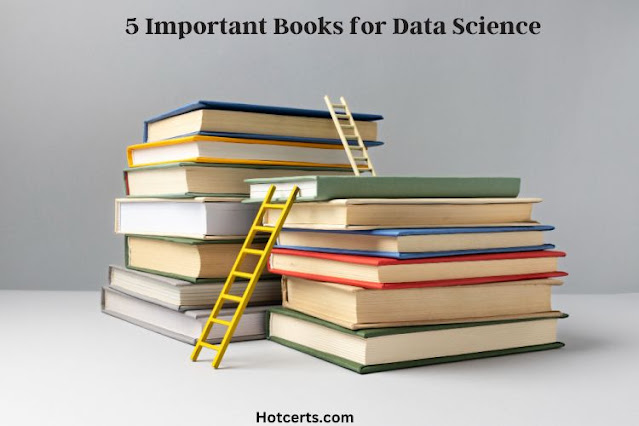What You Should Know About Certification in Project Management

Project management is a critical discipline that involves planning, organizing, and managing resources to achieve specific goals and objectives. Effective project management is essential for the success of any organization, and certification in project management can help professionals acquire the necessary skills and knowledge to excel in this field. Here are some things you should know about certification in project management: Types of Project Management Certifications There are several types of project management certifications that professionals can pursue, depending on their career goals and level of experience. The most popular certifications include: Project Management Professional (PMP): Offered by the Project Management Institute (PMI), PMP is the most recognized project management certification globally. It is designed for experienced project managers and involves passing a rigorous exam that tests knowledge and skills in project management. Certified Associate in Project





